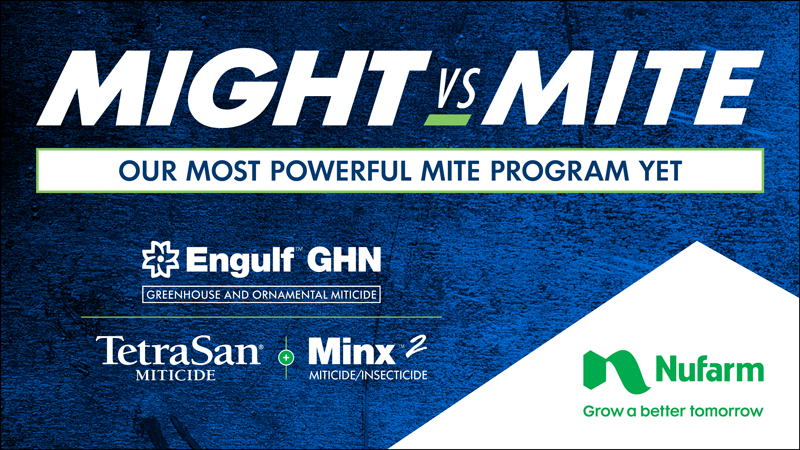Water Quality Implications for Indoor Growing

Photo: Sarah White, Clemson University
Water is a precious, finite resource essential for sustaining plant life. Yet not all water is good water. Indoor growers cannot afford to overlook water quality, especially as water resources grow scarcer. Water down the drain, in the form of runoff, is money down the drain.
With the rising costs of fertilizer and water, growers benefit economically from recycling and reclaiming water, along with minimizing runoff. On a wider scale, the public has agriculture in its sights as one of the leading sources of water pollution. It is in every grower’s best interest to manage their water efficiently and sustainably with the water treatment methods and tools available to them today, and the promising technologies of the future.
Balancing nutrient loads in recycled water and preventing pathogen development isn’t always a straightforward process, and growers have the challenge of offsetting optimal treatment strategies with economics and practicality. While many operations conduct inline testing for electrical conductivity (EC), pH, and more, testing for individual nutrients is more complex. It takes time to get results back from offsite labs and much can change during that lag time. Onsite testing options would be a grower’s best bet for accurate, up-to-the-minute results.
“Growers and suppliers realize there is a real opportunity here,” says Paul Fisher, Professor of Environmental Horticulture at the University of Florida. “If we can get more onsite options for testing nutrients, it will make balancing nutrients a whole lot easier. There is a lot of development work going into ion-selective probes for onsite nutrient testing, but biofouling [the accumulation of microorganisms on the probe surface] and other ions in the solution makes it a challenge to obtain accurate results. I have also seen growers using both small onsite kits for individual nutrients and Ketos Shield, which is an interesting technology where nutrient solutions pass through a box that measures ions using reagents.”
Learn more in the new “Water, Technology, and Sustainability” digital report from the editors at Meister Media Worldwide, part of the 2023 Global Insight Series.









